. 25/09/2024 6:05 PM
Urban agriculture, also known as urban gardening or urban farming, involves the practice of cultivating crops and raising animals for human consumption within urban and peri-urban areas. This includes utilizing various urban spaces such as rooftops, balconies, community gardens, and vacant lots. The main aim of urban agriculture is to enhance local food production, promote self-sufficiency, and reduce reliance on external food sources.
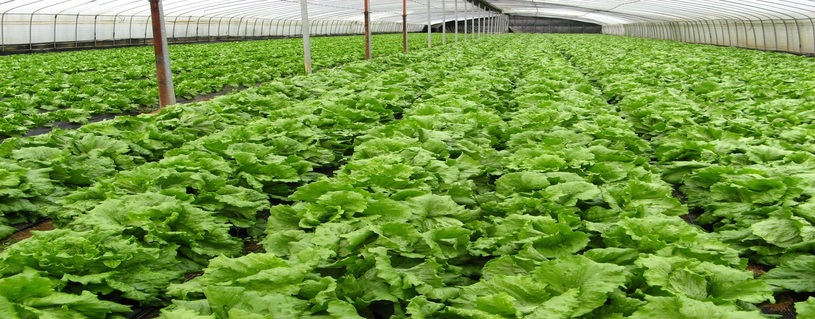
According to the Food and Agriculture Organization (FAO) of the United Nations, urban and peri-urban agriculture plays a vital role in global food and nutritional security, making it a critical focus of initiatives like the Urban Food Agenda.
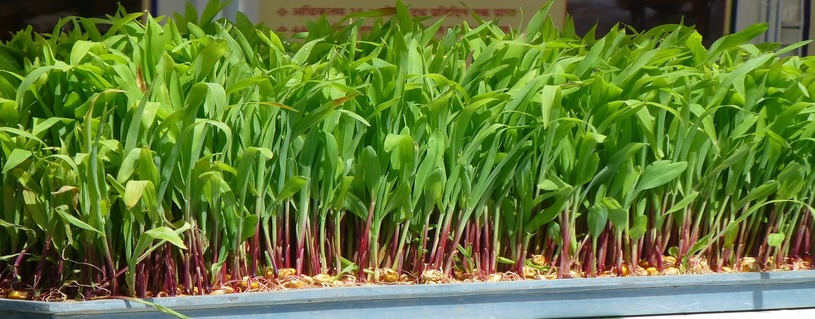
As cities become increasingly populated, urban agriculture is essential for several reasons:
Food Security: With over 55% of the global population living in urban areas and consuming around 80% of the world's food, urban agriculture helps ensure that residents have access to fresh and nutritious food.
Economic Stability: Urban farming provides job opportunities and promotes local economies by supporting small businesses and farmers' markets.
Environmental Sustainability: Integrating agriculture into urban planning contributes to more sustainable, livable cities, which is crucial for addressing climate change.
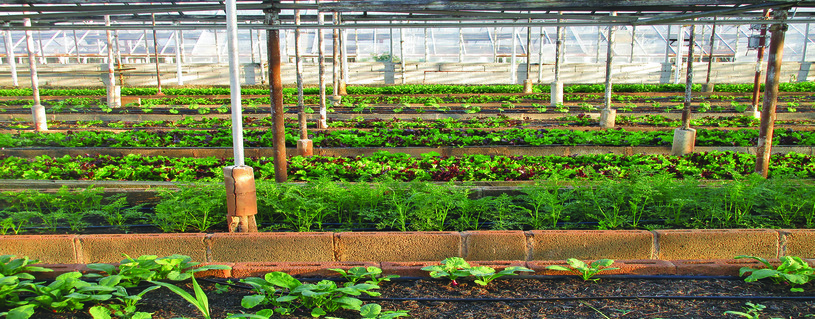
Community Engagement: Urban agriculture fosters social interaction and encourages community involvement in local food systems.
Urban agriculture employs a variety of methods suited to the constraints and opportunities of urban environments. Some common methods include:
Raised Bed Farming: This technique involves creating freestanding crop beds elevated above the soil level, allowing for better soil management and protection against rain.
Container Gardening: Growing plants in containers—such as pots, bags, or barrels—provides flexibility and is ideal for small spaces.
Aquaponics: A symbiotic system that combines fish farming with plant cultivation, where nutrient-rich water from fish tanks fertilizes plants.
Vertical Farming: Stacking crops in vertically arranged layers maximizes space and resource efficiency, allowing for higher yield in smaller areas.
Hydroponics: Growing plants in a nutrient-rich water solution without soil, making it possible to grow crops in compact urban settings.
Shipping Container Farms: Utilizing repurposed shipping containers as controlled environments for growing plants, minimizing soil-borne diseases and pests.
Rooftop Plant Production: Cultivating food on rooftops enhances biodiversity and optimizes urban space while providing benefits like insulation.
Backyard Gardens: Using available backyard space to grow personal food supplies, encouraging self-sufficiency.
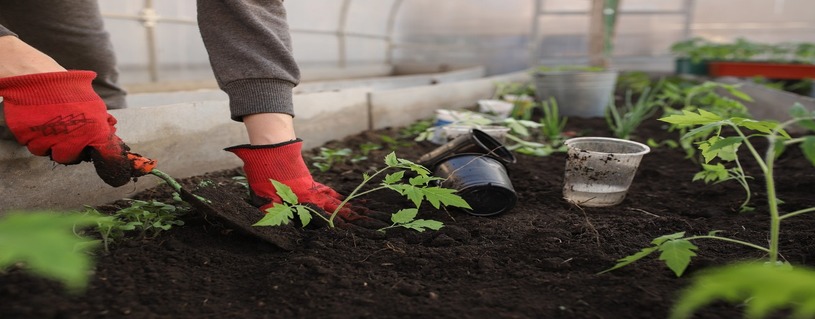
Urban agriculture provides numerous advantages, including:
Economic Growth: It creates job opportunities and supports local businesses, stimulating local economies through initiatives like farmers' markets and agri-tourism.
Environmental Sustainability: Urban farming helps reduce pollution, optimizes land use, and increases green spaces, contributing to improved air quality.
Fresh Produce: Food grown in urban settings is often fresher, more nutritious, and in-season, directly connecting consumers to local food sources.
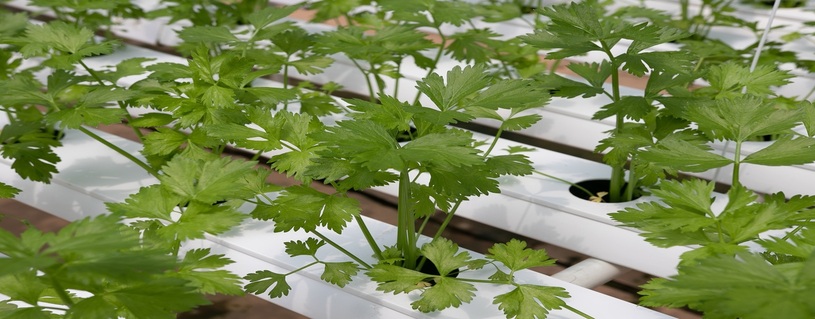
Waste Reduction: By growing food locally, urban agriculture minimizes food waste, as residents can produce only what they need.
Aesthetic Improvement: Urban farming enhances the visual appeal of cities, providing green spaces and promoting community well-being.
Climate Change Mitigation: Urban agriculture helps sequester carbon and can reduce urban heat islands, contributing to overall climate resilience.
Community Empowerment: It fosters social ties and promotes education around sustainable practices, enhancing community resilience.
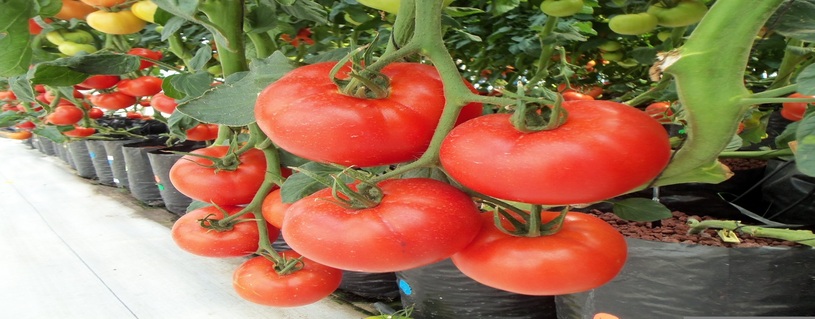
Despite its many benefits, urban agriculture faces significant challenges:
Land Scarcity: Limited space in rapidly urbanizing areas complicates the establishment of farms.
Pollution: Urban environments may suffer from soil and air pollution, which can affect crop quality and safety.
Regulatory Barriers: Urban land-use planning often prioritizes commercial and residential development over agricultural uses.
Economic Disparities: Access to resources, training, and support can be uneven, limiting participation in urban farming initiatives.
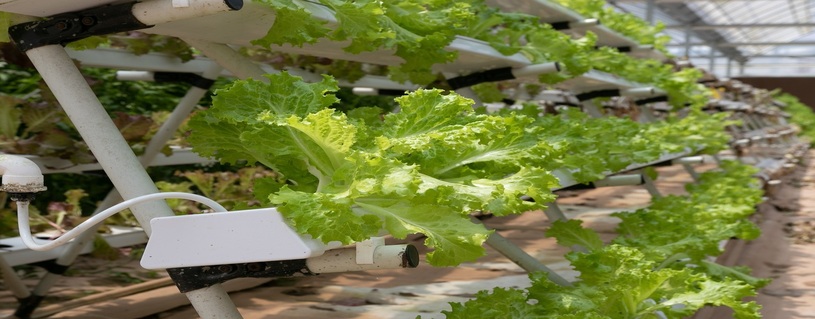
Several states in India have recognized the potential of urban agriculture and have initiated programs to promote it:
Pune: Launched a city farming project in 2008 to instruct and encourage citizens to start farming on allocated land.
Kerala: Initiated a vegetable development program in 2012 to promote home gardening, offering subsidies for eco-friendly practices.
Tamil Nadu: Developed a “do-it-yourself” kit in 2014 under its Urban Horticulture Development Scheme to assist residents in growing vegetables at home.
Bihar: Beginning in 2021, Bihar subsidized input costs in five smart cities to encourage terrace gardening.
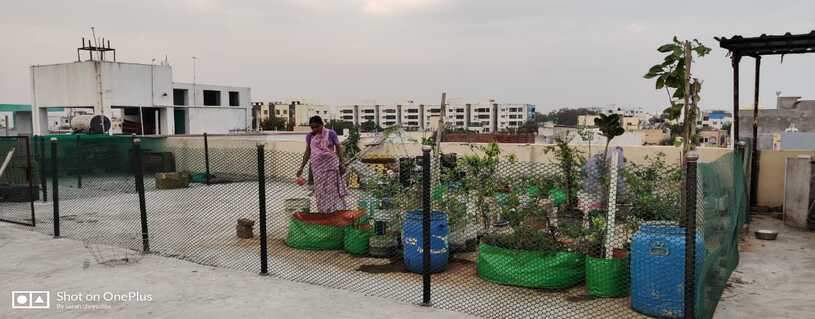
To maximize the benefits of urban agriculture, it is essential to adopt a multifaceted approach:
Improved Urban Land-Use Planning: Incorporating agricultural spaces into urban planning can facilitate sustainable food systems.
Public Awareness: Educating the public about the benefits of urban agriculture can foster greater community involvement.
Government Support: Providing financial assistance and technological resources can help overcome barriers to entry for aspiring urban farmers.
Community Initiatives: Encouraging community-based projects can enhance social cohesion and empower residents.